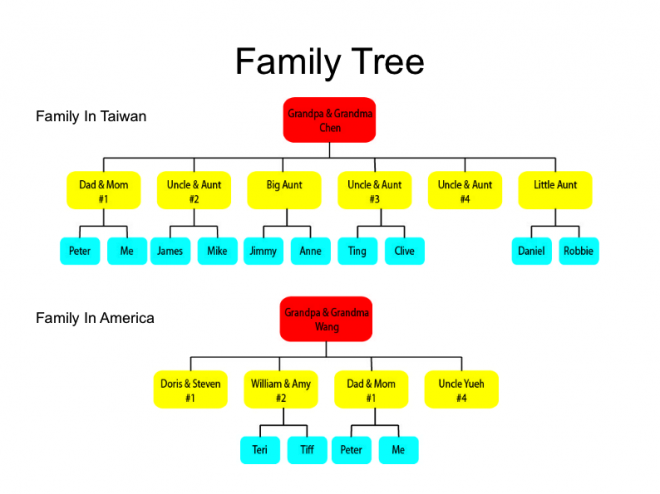




















House for Life:
Research _ 3 Generation Housing
The current world average of humans’s life expectance at birth is estimated in 2010 to be (67.2). This number can be regarded as high or low depending on which country’s perspective we are viewing. There are great variations in life expectancy between different parts of the world, mostly caused by differences in public health, war, medical care and diet. The map below indicates the various expectancy rates across the world. In Europe and North America, citizens tend to live well beyond 75 to over 80 years. Their lifespan can well experience three to four generations of family history. Many elderly whom lived in one place for more than three decades are faced with decisions to uproot their family homes to live closer to families that can better take care of them. More often they make a transition into special housing for the elderly.This uprooting from their neighborhood has a negative impact on both the citizens of the neighborhood staying and leaving. In evaluating the common life cycle of a human as they evolve from children, to adults, to couples, to nuclear family, to extended family, to elderly, the goal of this investigation is to identify all the needs of each stage (user group): and to formulate a strategy to cope with these evolving needs thus circumventing the necessity to uproot and move out of the neighborhood. 
